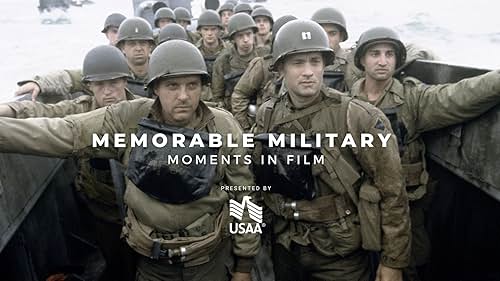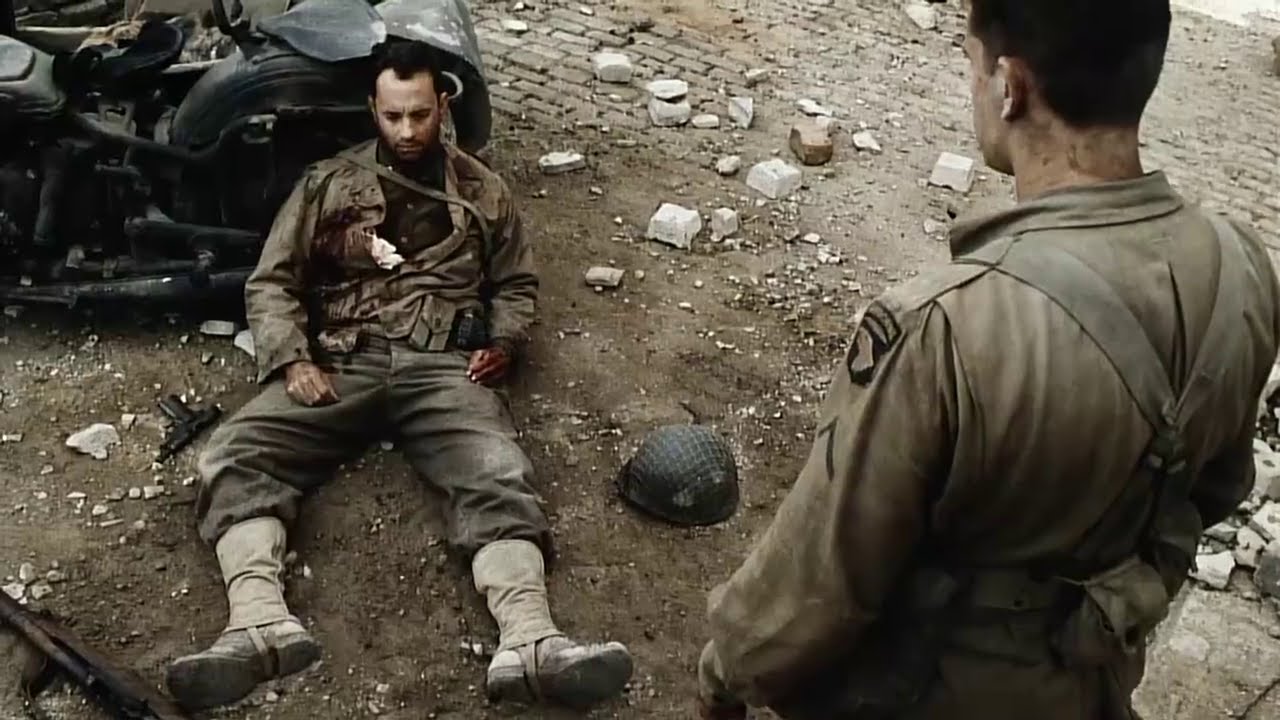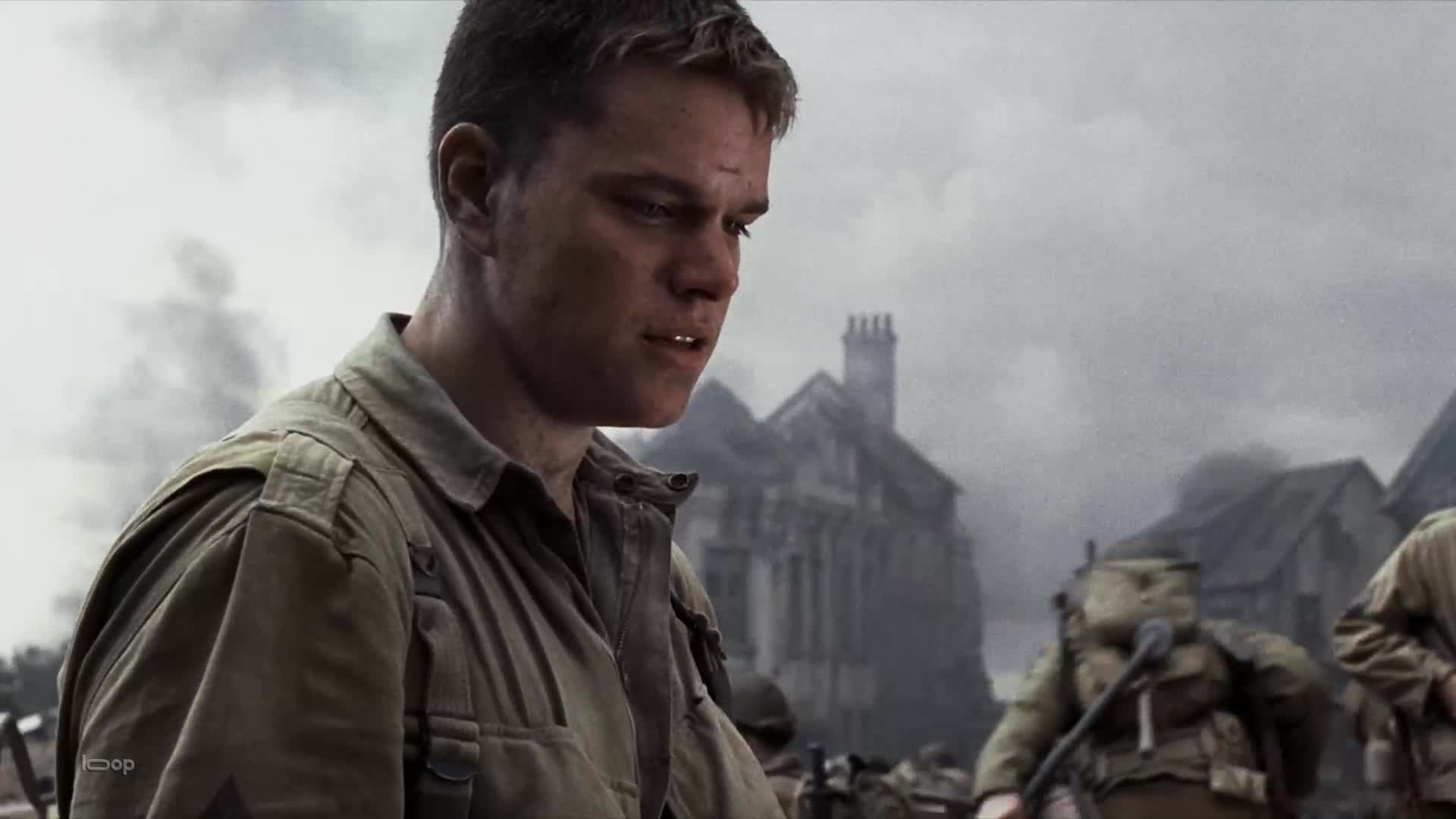🎬 Saving Private Ryan (1998)

🎬 Saving Private Ryan (1998): A Heroic Tale of Sacrifice and Brotherhood
Saving Private Ryan (1998), directed by Steven Spielberg, is a harrowing and deeply emotional war drama that captures the brutal reality of World War II through the eyes of a group of soldiers sent on a dangerous mission to save one man. Known for its unflinching depiction of warfare, the film is an unforgettable exploration of sacrifice, heroism, and the moral complexities of war.

The story begins on D-Day, June 6, 1944, during the Allied invasion of Normandy. The opening sequence, a chaotic and visceral depiction of the Omaha Beach landing, is widely regarded as one of the most intense and realistic battle scenes ever filmed. Soldiers storm the beach amidst a hail of bullets and explosions, showcasing the carnage of war and the courage required to survive.
Amid the devastation of D-Day, Captain Miller (Tom Hanks) is assigned a mission that seems almost impossible: he and his squad of men must track down Private James Francis Ryan (Matt Damon), a paratrooper who is the last surviving brother of four servicemen killed in action. The U.S. government has decided to send Miller’s squad into France to bring Ryan home in order to spare his mother from losing all of her sons in the war.
The team, composed of soldiers with different backgrounds and personalities, embarks on a perilous journey behind enemy lines. Along the way, they face not only the dangers of combat but also grapple with the moral question of whether the life of one man is worth the lives of many others. As they search for Ryan, the men bond, sharing their experiences, fears, and a sense of duty. The journey tests their values, their humanity, and their understanding of sacrifice.
The film’s portrayal of the soldiers’ inner conflicts and their relationships is a powerful aspect of the story. Characters such as Sergeant Horvath (Tom Sizemore), Corporal Upham (Jeremy Davies), and Captain Miller himself come to terms with their roles in the war and the costs of their mission. Upham, in particular, starts as a naïve and inexperienced soldier but transforms through the journey, ultimately proving himself in ways no one, including himself, expected.
As the mission reaches its climax, the soldiers confront not only the enemy but also the heart-wrenching reality of their task. The film’s emotional weight comes from the tension between the personal cost of their mission and the greater cause they are serving. The final scenes are powerful, culminating in a poignant and tragic moment that underscores the film’s central themes of sacrifice and the heavy price of war.
Saving Private Ryan is a masterclass in filmmaking, with Spielberg’s direction bringing a level of authenticity and emotional depth rarely seen in war films. The cinematography by Janusz Kamiński, combined with the sound design, places the audience in the heart of the battle, making the violence and chaos feel immediate and unrelenting. The film’s use of practical effects and minimal CGI enhances its realism, allowing viewers to experience the horrors of war without the filter of stylized action.
The score by John Williams, known for his iconic work on Star Wars and Indiana Jones, takes a more somber approach here, creating a haunting and introspective atmosphere. The music complements the film’s themes of loss, sacrifice, and the solemnity of war, becoming an integral part of the emotional experience.
Saving Private Ryan is not just a war film; it is a meditation on the cost of war and the value of human life. It explores the complexities of duty, sacrifice, and brotherhood, while never shying away from the grim reality of warfare. It is a testament to the courage of those who fight for freedom, the bonds that form in times of crisis, and the personal sacrifices that come with serving a greater cause. By the end of the film, audiences are left to reflect on the meaning of heroism, and the question of whether the sacrifices made in war are ever truly worth the cost. 🪖🌍💔












